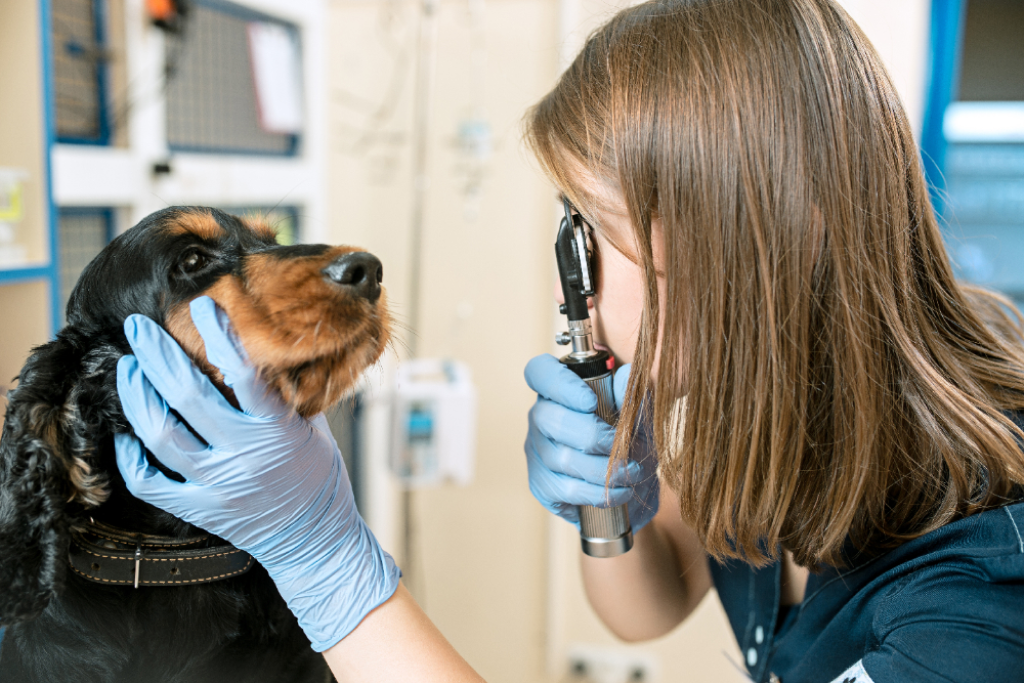Learn how to protect your pets from deadly diseases
Due to the milder and wetter winters the number of ticks in the UK has increased, whilst tick species from Europe are managing to survive and increase in numbers here in the UK. Some of these ticks carry diseases which they are able to transmit when they attach to dogs.
Babesiosis Parasite
One such tick borne disease is babesiosis, a parasite which once transmitted takes time to incubate in the host before causing clinical disease. If clinical signs of the condition are exhibited then you should contact your Cheshire vets immediately. Potential signs include:-
- Lethargy
- Poor Appetite
- Pale gums
- Fever
- Red urine
- Weight loss
Why is the disease so harmful?
The parasite infects and replicates within the dogs red blood cells which damages them and causes the immune system to attempt to destroy the parasite. As a result the dog can become quite severely anaemic, sometimes requiring a blood transfusion. Diagnosis is based on assessing a blood smear for the parasite or performing a PCR test.
Is there treatment available for babesiosis?
Treatment can be challenging and depends on the type of Babesia that is diagnosed. Options available include a course of injections lasting 2-3 weeks or tablets, sometimes with the inclusion of anti-malarial drugs. There is currently no vaccination available in the UK for Babesia and tick prevention is the only way to stop disease contraction.
Borreliosis – also known as Lyme Disease
Lyme disease, also known by its scientific name borreliosis, is a bacterial infection transmitted by a certain type of tick in the UK – the ixodes tick. The condition can affect both dogs and human. In people a characteristic red rash appears around the bite which is followed by flu like symptoms and arthritis. Animals don’t exhibit the same rash and usually the first signs are lethargy and anorexia, lameness can then occur due to arthritis.
Both Babesiosis and Lyme Disease can be managed with antibiotics but prevention is far better.
Tick Prevention
Ticks can be found in most outdoor places in the UK, they are more common in areas with wildlife, in particular deer and farm animals. They often sit on longer grasses waiting for an animal to walk past, giving them opportunity to attach. Once attached they bury their heads in the skin and start feeding on an animal’s blood.
It is really important to remove a tick using the correct technique, pulling the tick off will often leave the mouth parts imbedded in the skin and squeezing the ticks abdomen to remove it can inject infected blood back into your dog. Using a tick remover to twist the tick to encourage it to remove the mouth parts is the safest way, however preventing blood feeding in the first place is the only way to prevent tick borne diseases.
Protecting our dogs from picking up a tick in the first place has become a lot easier more recently. With the administration of a chewy treat (Bravecto) every 3 months your dog will be protected against ticks and fleas. This is ideal if your dog often swims as other products can be washed off.








